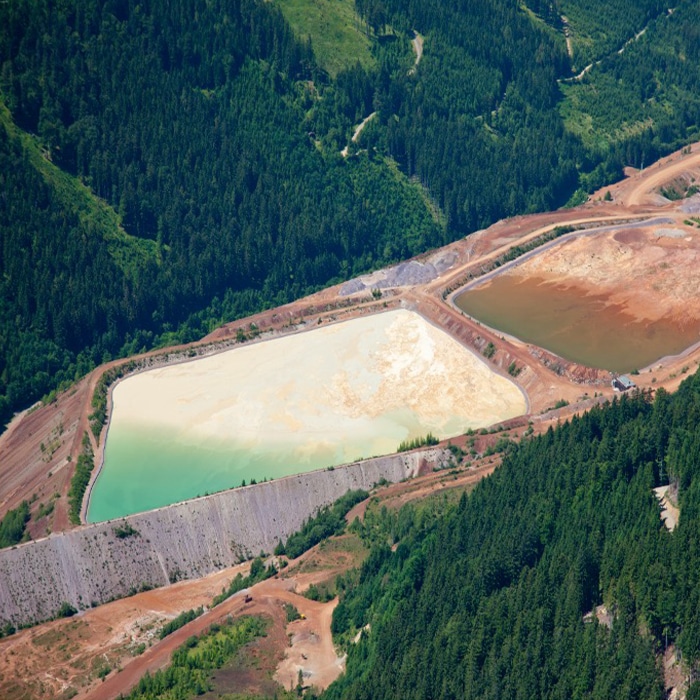TSF Design Optimisation
Virtual tailings dam design and optioneering capabilities over the life of mine

Support and Optimisation for Tailings Dam Design
Built to optimise capital expenditure, GDMS technology is founded on a deep understanding of the hazards and environmental requirements associated with the design, construction, operation and decommissioning of a tailings storage facility (TSF). Predictive modelling allows for visualisation of potential dam breaks, enabling risk mitigation and management.
Supporting an integrated approach to mine planning, our dynamic web-based environment hosts a tailings management and field characterization system that can be manipulated within a virtual environment, simplifying adjustments to the site model as new information is obtained. Deposition rates can be modelled in the software, enabling the visualisation of the rate and extent of deposition into the facility.
Design in Mining
SOFTWARE FEATURES
Low Hazard Ratings
When incorporated from initial operations, the software assists in the achievement and maintenance of a low-hazard rating through optimisation and ongoing operational support.
Civil Infrastructure
GDMS enhances optioneering capabilities for civil design and planning of monitoring systems for life of mine modelling, including surface and ground water.
Construction Validation
Validate that a TSF’s construction meets design specifications and tolerances, promoting longevity of the facility to ensure continuous operational capacity.
Intuitive Software
Acting as a tool for optimal dam design, the software considers civil infrastructure and engineering parameters to produce optimal designs.
GDMS DESIGN BENEFITS
Our software streamlines the process of TSF design, underpinning decisions that impact a facility’s capability to safely and efficiently store runoff from your mining process over the lifecycle of the operation.
Ease of Use
Our user-designed software integrates the components of TSF design to allow for simple, streamlined design of an optimal tailings storage facility.
Centralised Platform
A cloud hosted database ensures that all changes are made in real time, allowing multiple users to collaborate on a single design.
Holistic Production
The centralised nature of the software ensures that GDMS can provide a single solution for optimal design, considering all necessary design parameters and standards.
FREQUENTLY ASKED QUESTIONS
How are tailings dams constructed?
The three primary above ground wall construction methods used for tailings storage facilities are downstream, upstream, and centerline.
Downstream
Downstream dams begin with an impervious starter dam. Following that, tailings are released into the dam. As the embankment is raised, each new wall is built and supported on top of the downstream slope of the previous section, causing the dam crest to move downstream with each raise. The downstream design was created for regions with high rainfall or water collection, seismic activity, and rainfall.
Upstream
A starter dam marks the start of upstream construction. The tailings are then released into the building, where they create a beach of tailings. The tailings that have been dumped close to the dam wall are allowed to drain before they can be compacted and used as the base for the wall’s subsequent levels as the dam is raised. As a result, with each raise, the dam’s crest advances upstream.
To give the solid tailings time to dry out and consolidate enough to support a new level of the dam, upstream tailings dams must be raised gradually. These are appropriate for buildings in places with little rainfall and little seismic activity.
Centreline
A combination of upstream and downstream designs is used in the centreline method. The dam is raised vertically from the starter dam during centerline construction. As the dam is raised in stages, the dam crest stays fixed in relation to the upstream and downstream directions. To increase stability, this design approach can also include internal drainage.
What is the purpose of a tailings dam?
Tailings dams are used to store water and waste that come as by-products from the mining process.
How are tailings formed?
Tailings are a by-product of mining. After ore containing an economically-recoverable commodity is mined from the earth, that commodity is extracted in a processing plant or mill. After the commodity of value is extracted from the ore material, the resultant waste stream is termed “tailings”.